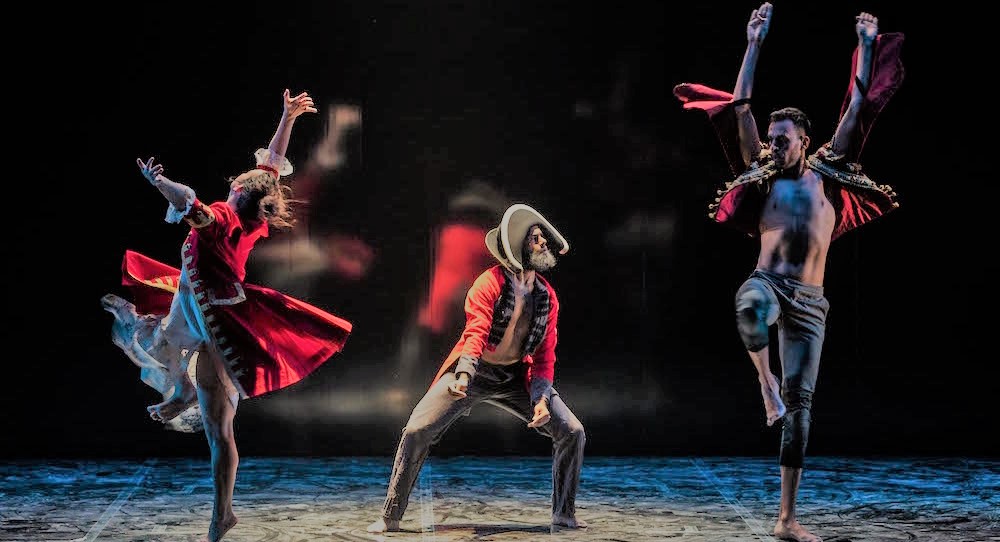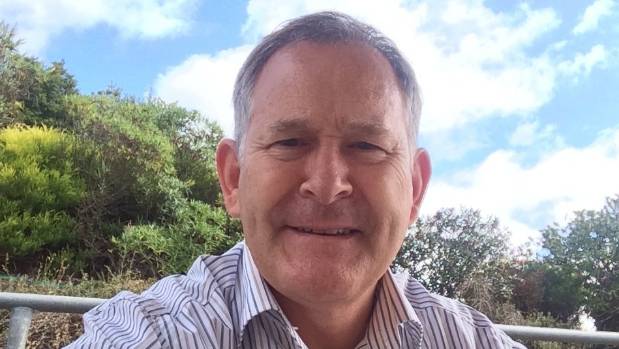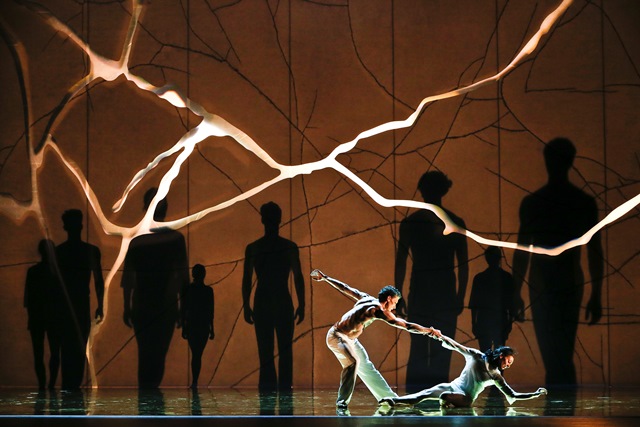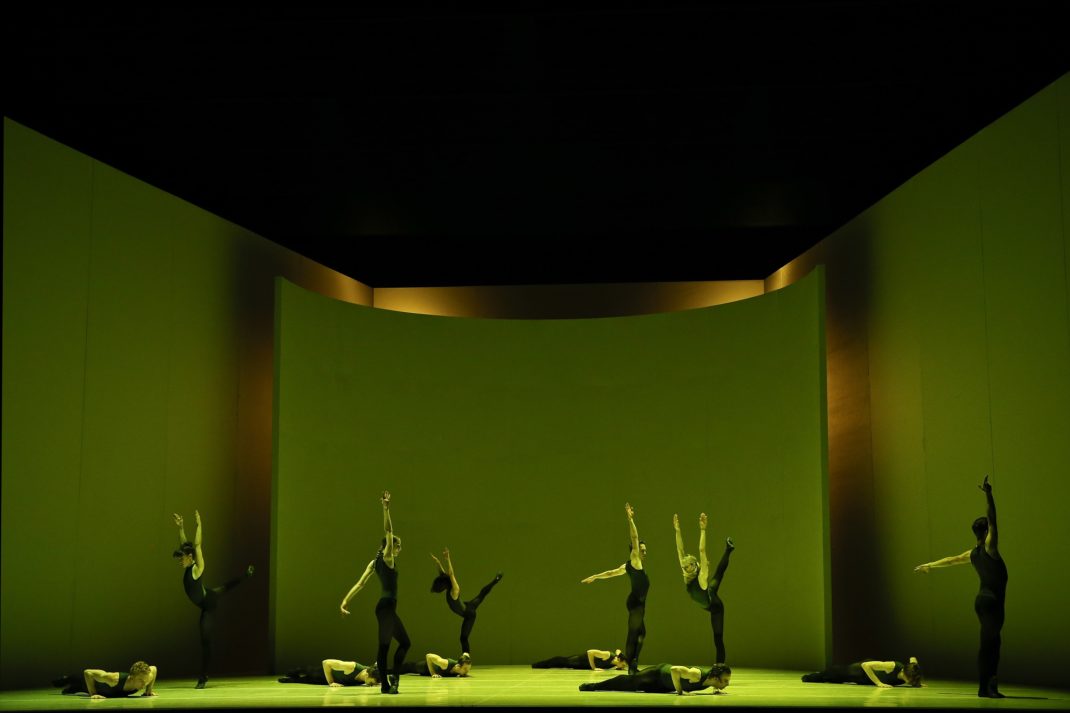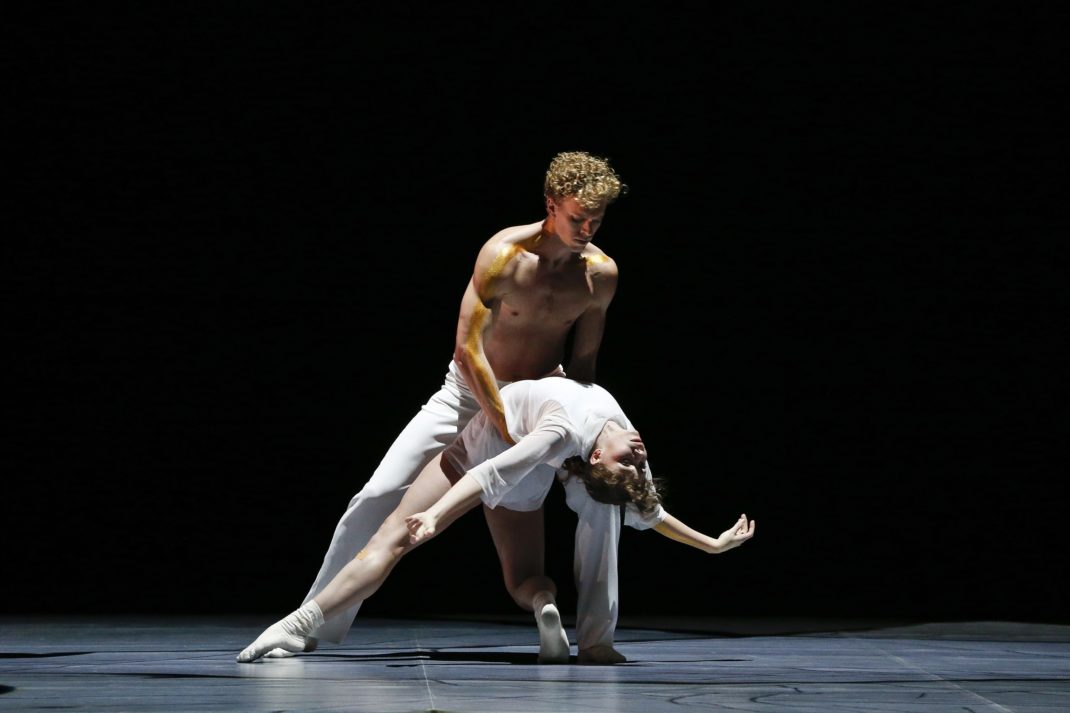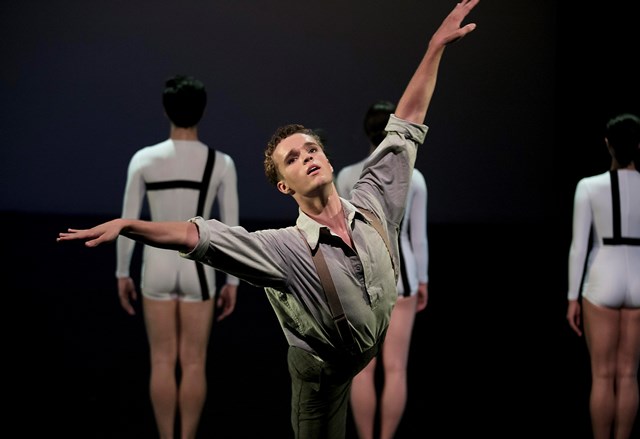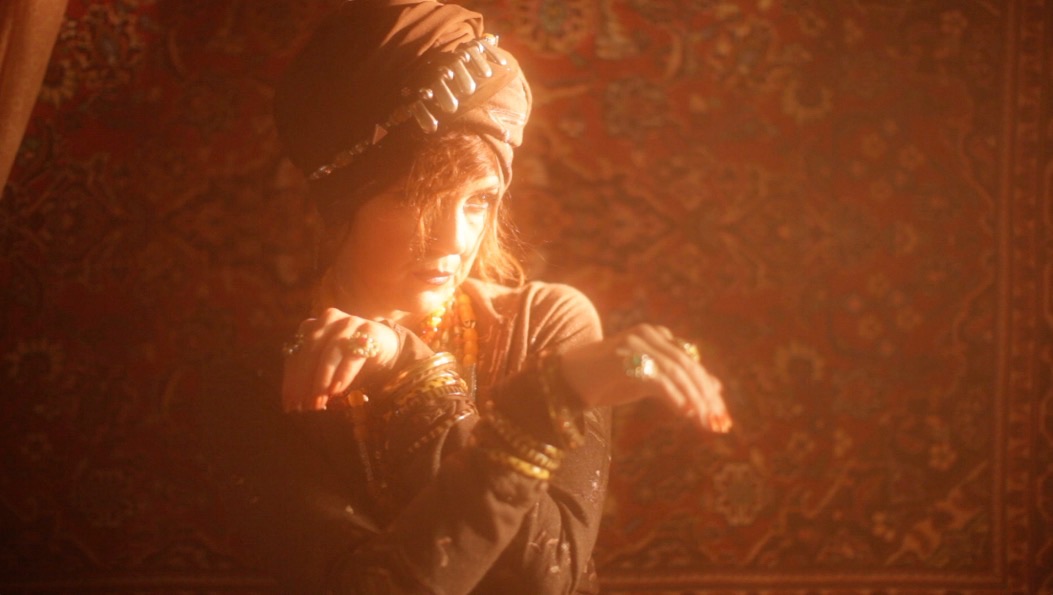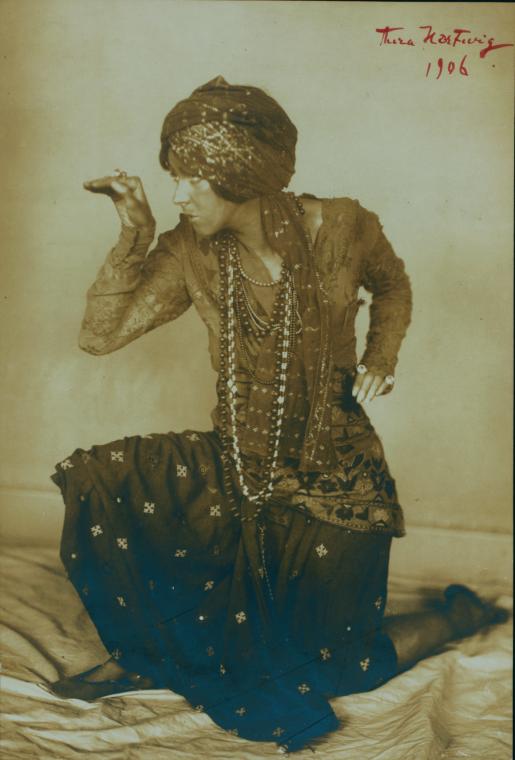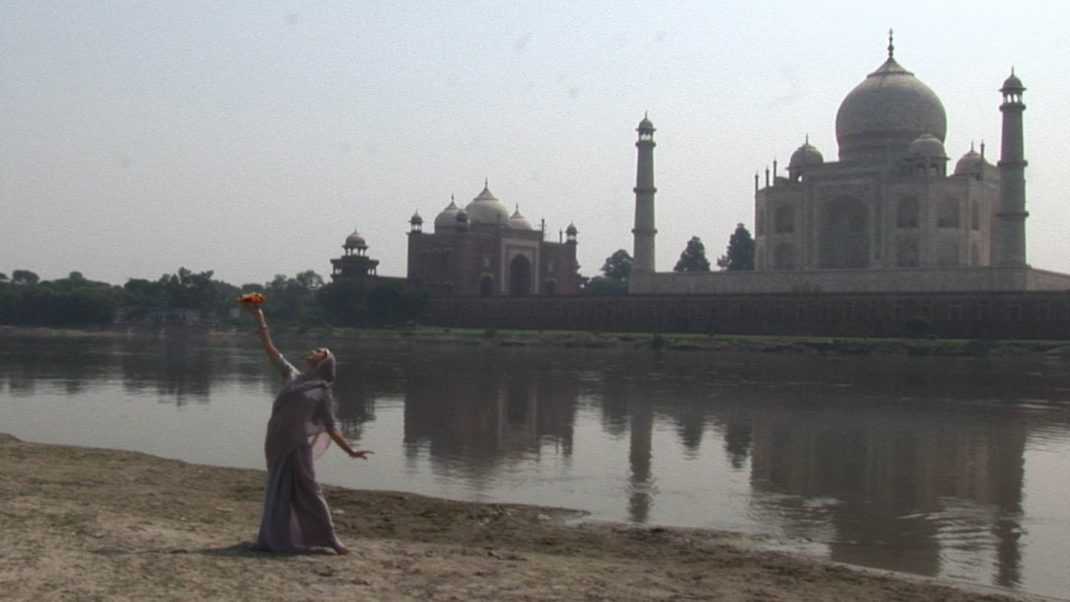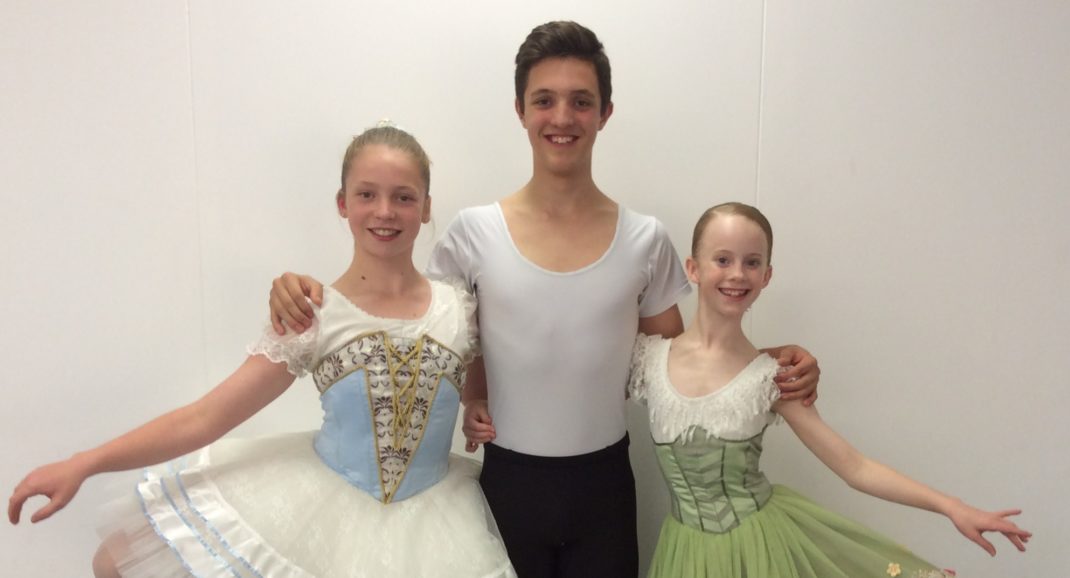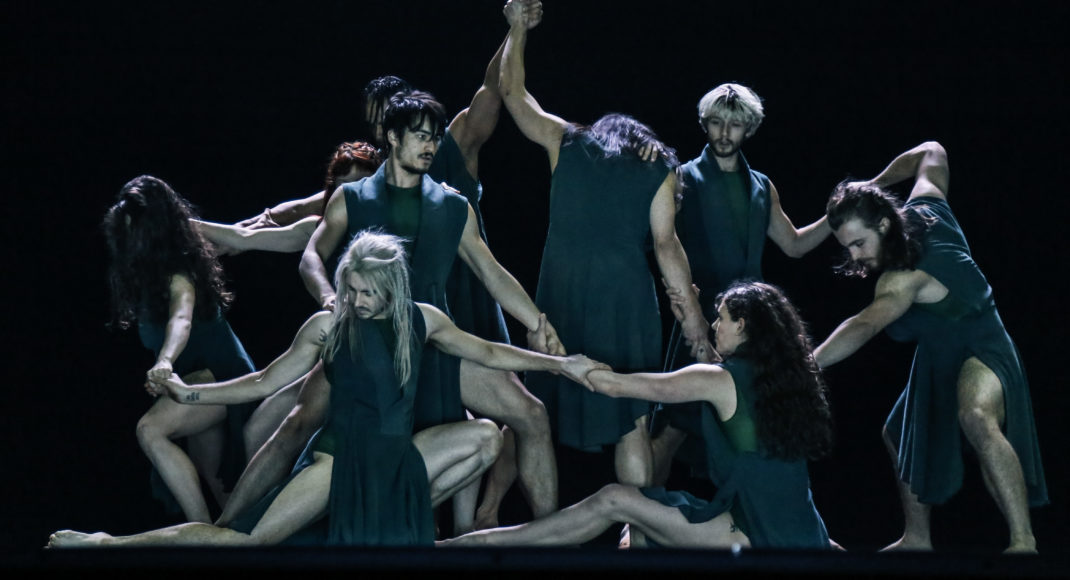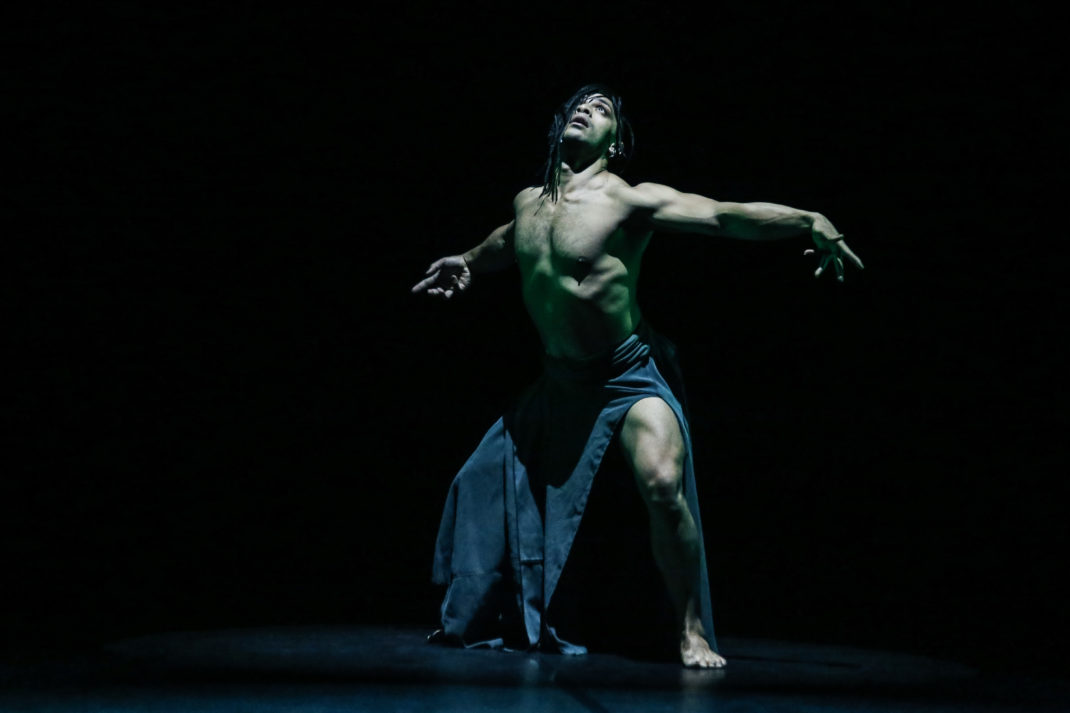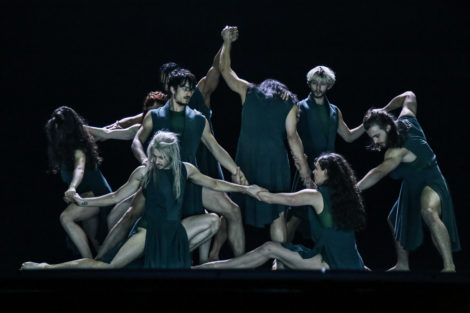Nigel Preston Boyes, born Marton, 7 December 1959–died Wellington 2 July 2018
Office Manager, Royal New Zealand Ballet
by Jennifer Shennan
Nigel Boyes was a hugely competent arts administrator, as well as honorary archivist, for over ten years at the Royal New Zealand Ballet. He was the union spokesperson for the dancers, and their friend and mentor, member of a number of choirs, helpful colleague and cheerful friend to everyone he met. Nigel was diagnosed with lung cancer in late April. He stayed calm and stoic, and died (in Mary Potter Hospice, listening to Mozart) just two months later. The suddenness of that departure has left his family and friends reeling in shock, since Nigel never drew attention to himself but always acted in the role of supporter and listener, always in the service of others, always with a sense of fair play. The funeral at Old St Pauls on Friday 6 July drew many from far and wide to ‘farewell a beloved brother’ (that’s the title of an early composition by J S Bach) and was testament to the esteem held for this quiet, unassuming man claimed by so many people as best friend, or at least the most decent person they ever met.
Nigel’s departure has left questions hanging … ‘Who on earth do we go to now? What’s so & so’s mobile number? Why won’t these computer attachments open? What restaurant is open on a Monday evening? Can you do an extra tour of RNZB Wardrobe for some youngsters between scheduled bookings? Can you find extra passes for the Dress Rehearsal for these folk who are out of work and down on their luck? Can you order in more copies of RNZB at Sixty and, the next time he’s in, get Jon Trimmer to sign them before you pack merchandise for the tour? Could you design the program for the Russell Kerr lecture? How will we fund the refreshments? Is that injured dancer recovering from surgery? Can you find a photo of the 1983 production of Ashley Killar’s No Exit? Who is teaching class tomorrow?’ All the small questions which make the biggest difference. Nigel always said yes to every request, knew the answers to the questions, or made it his business to find out who did.
Nigel, born in 1959, was the third of four sons of Phil and Sybil Boyes. Phil, an accountant, was Rangitikei County Clerk at Marton. Nigel attended Marton primary and intermediate schools. Secondary schooling was at Rathkeale College in Masterton where, inspired by music mistress Faye Norman, he joined in a wide range of music activities—in the choir, and as principal pianist with the college orchestra. Later Nigel sang in several choirs—New Zealand Opera Chorus, Orpheus Choir, and most recently Inspirare, chamber music ensemble. Mark Stamper, director of Inspirare, sent a message …
I first met Nigel at his audition for Inspirare. He had a wonderful smile, bounce in his step, and a spirit that captivated me. We talked for almost an hour. This spirit and joy continued throughout every rehearsal, coffees at the St. James Mojo, and all other times with Nigel. The world was a more loving, joyful, and helpful place when he was here.
After completing a BA at Massey University in Palmerston North, Nigel then worked for his brother Paul in his landscape and design company in Rotorua from 1991–1995. Designer Landscapes held contracts at Rainbow Springs for a number of years, and Nigel maintained an interest in gardening throughout his life. Nigel worked in the United States in the mid-90s, for a time as Marketing Assistant to the Director of Listings at the Pacific Stock Exchange in San Francisco. He had a lively interest in travel, visited Greece, cruised on the Rhine, and visited Boston and New York regularly to keep up with friends there. He adored visiting Mexico and, on regular dates here with a friend over a margarita, would keep alive the spark of his intention to holiday there again.
Meantime Nigel drove almost every weekend to visit his ageing mother in Wanganui. He would mow the lawns and trim the hedges of the family home in Marton and be back in Wellington in time for choir practice. At a garden working-bee at Jon and Jacqui Trimmer’s home in Paekakariki, Nigel was first up the ladder with secateurs and the last one to down tools. He hated leaving any task unfinished.
Being gay was important to Nigel and he was a supportive friend to many. He was outraged whenever he learned of discrimination or injustice, and worked with courage, discreetly but tirelessly, to put things right. He was a peacemaker and has left the world a better place. We are just all very sorry that he has left it. Nigel is survived by his mother Sybil, his three brothers Michael, Paul, Simon and their families.
Discussions are under way to establish an award in Nigel’s name to encourage music studies among dancers.
Sources: Simon Boyes, Terry Sheat
Jennifer Shennan, 8 July 2018
Featured image: Nigel Preston Boyes (1959-2018)
